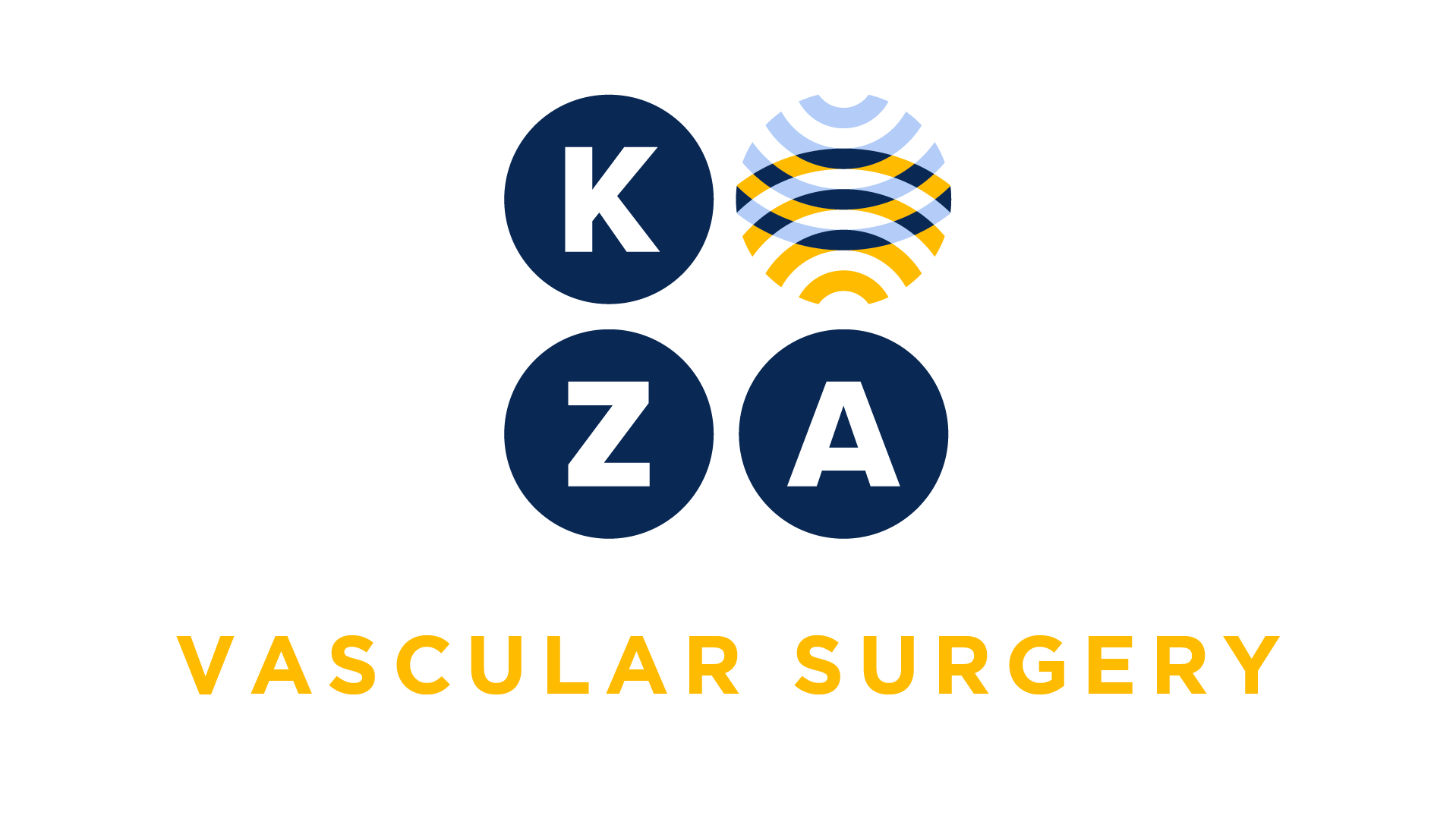
Choose your specialty from the list below to see how our experts have tackled a wide range of client questions.
Looking for something specific? Utilize our search feature by typing in a key word!
Payment and Coding Changes You Need to Know With Open Exposure in EVAR
Does it matter that the open exposure codes are now add-on codes? Does that change payment or coding in any way?
Question:
Does it matter that the open exposure codes are now add-on codes? Does that change payment or coding in any way?
Answer:
Yes, this change has both coding and payment implications. In terms of coding, the open exposure codes can now only be reported with a primary code; the main body EVAR code. If a different provider performs the open exposure, he/she would also have to report as assistant on the EVAR main body code in order to report the add-on exposure code.
From a reimbursement perspective, add-on codes should be paid as 100% of the allowable and are not subject to the multiple procedure payment reduction of 50%. For example, when femoral exposure, 34812, was a primary code, it received a 50 % reduction when performed with an EVAR and when performed bilaterally. As an add-on code, it is paid in full. To avoid a payment reduction, CPT advises that all exposure codes for EVAR be reported with units instead of a 50 modifier when performed bilaterally.
Billing Code 34713, Using a 12 French or Larger Catheter with EVAR
I almost always use a 12 French or larger catheter for placing the main body for EVAR. Do I always bill the new code 34713, when what I use is a 12 French or larger?
Question:
I almost always use a 12 French or larger catheter for placing the main body for EVAR. Do I always bill the new code 34713, when what I use is a 12 French or larger?
Answer:
Yes, if your approach/exposure is percutaneous. CPT code +34713,Percutaneous access and closure of femoral artery for delivery of endograft through a large sheath ( 12 French or larger), including ultrasound guidance, when performed, unilateral,is only appropriate when the access is percutaneous. If you do an open exposure and use a 12 French or larger catheter, code 34713 would not be reported.
For more detailed information on coding the new EVAR code set, please contact us for a consultation.
Approved Telehealth Platforms
Now that we aren’t limited to HIPAA compliant software, can we use any app or platform to conduct a telemedicine visit?
Question:
Now that we aren’t limited to HIPAA compliant software, can we use any app or platform to conduct a telemedicine visit?
Answer:
During the public health emergency (PHE), you may use any app or platform that is not “public facing” according to HHS. Platforms such as Facebook Live, Twitch, and TikTok are considered public facing. Skype, FaceTime, Facebook Messenger Chat, and Google Hangouts video are all approved platforms.
Billing code 36200 with EVAR
I’m confused about how to code the catheterization with the new EVAR codes. We still do a bilateral catheterization of the aorta. Can we code 36200 bilaterally?
Question:
I’m confused about how to code the catheterization with the new EVAR codes. We still do a bilateral catheterization of the aorta. Can we code 36200 bilaterally?
Answer:
The new EVAR codes, updated and completely changed in 2018, bundle the aorta catheterization with the main body placement, so 36200, non-selective arterial catheterization, is no longer separately reported. This is just one of many changes that were made to coding for EVAR.
Use this to facilitate your EVAR/TEVAR and FEVAR coding:

For more detailed information on coding the new EVAR code set, please contact us for a consultation.
LCDs and Vein Procedures: Should We Know About These?
We have an office-based vein center and have heard that something called LCDs should be followed before a procedure is performed. We’re not sure what these are or if they are important—if so, how do we integrate them into our office processes?
Question:
We have an office-based vein center and have heard that something called LCDs should be followed before a procedure is performed. We’re not sure what these are or if they are important—if so, how do we integrate them into our office processes?
Answer:
An LCD is a Local Coverage Determination. These are medical coverage policies developed by regional Medicare carriers and Medicare Administrative Contractors (MAC) to determine whether there is medical necessity for a vein procedure. Every MAC and every private payor have published detailed criteria that must be met before veins can be considered symptomatic enough to justify interventions such as endovenous ablation. These criteria typically include conservative therapy requirements, vein size, number of ultrasounds performed, details of the ultrasounds, CEAP classification, and much more. If these criteria are not followed, payors can demand refunds upon case review. This can occur months or even years after the intervention is performed, even if it was pre-certified. We have seen significant refund demands from practices where policies were not followed, often because the practices were unaware that policies existed or were unsure of how to integrate them into daily practice.
Whether you are a “vein only” center or have vein procedure as part of a larger patient population, you cannot afford to ignore these payor policies.
To learn more about these coverage policies and how to integrate them as part of your EM, ultrasound, and procedure documentation, contact us to set up a telephone consultation.
Intraoperative ICG Dye Angiography
Can we bill the 92242 for the indocyanine green injection intraoperatively, for example to assess perfusion after a procedure? Can we bill for the injection using 15860?
Question:
Can we bill the 92242 for the indocyanine green injection intraoperatively, for example to assess perfusion after a procedure? Can we bill for the injection using 15860?
Answer:
No, this service is included in primary surgery and not separately reported.

